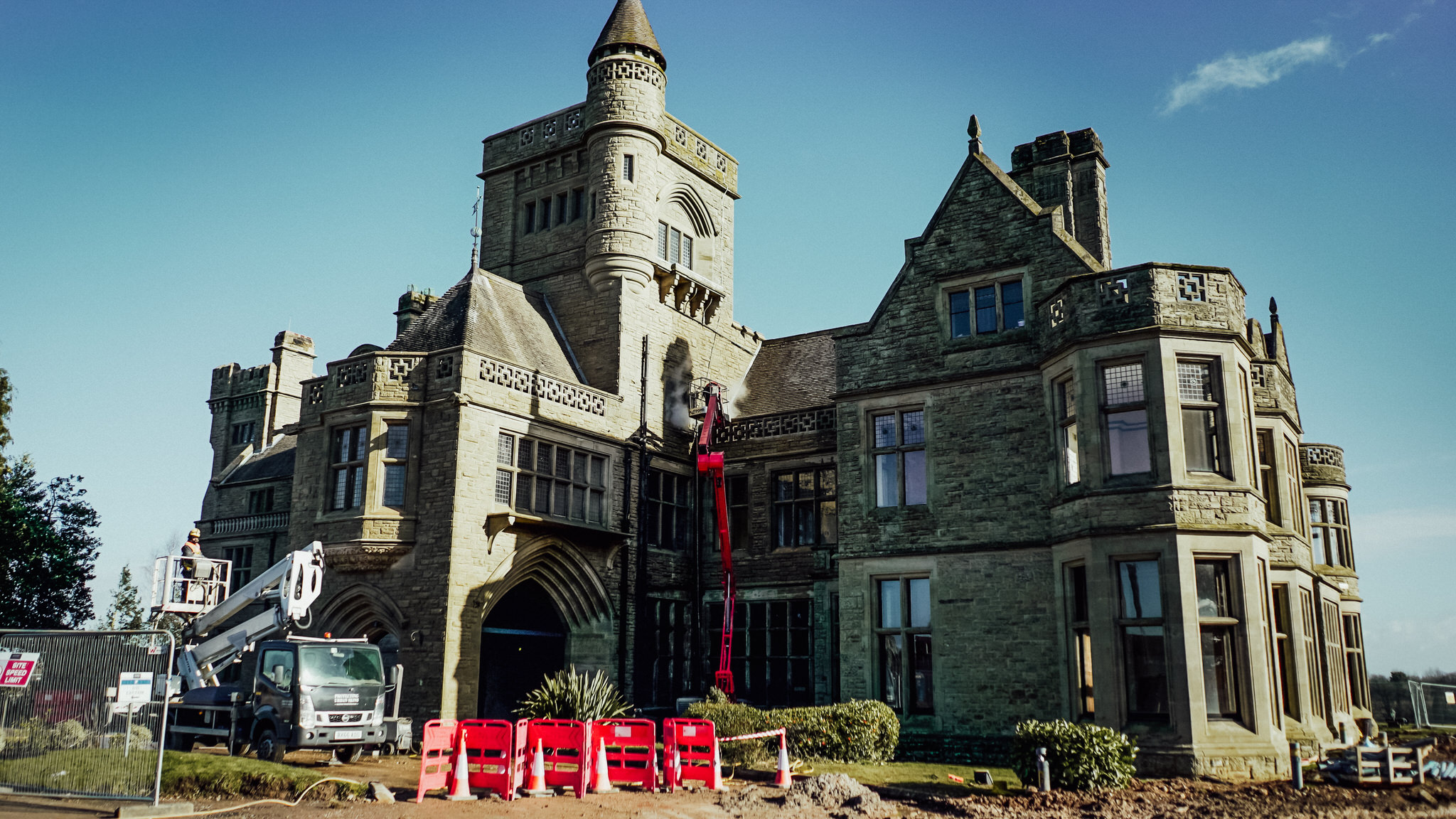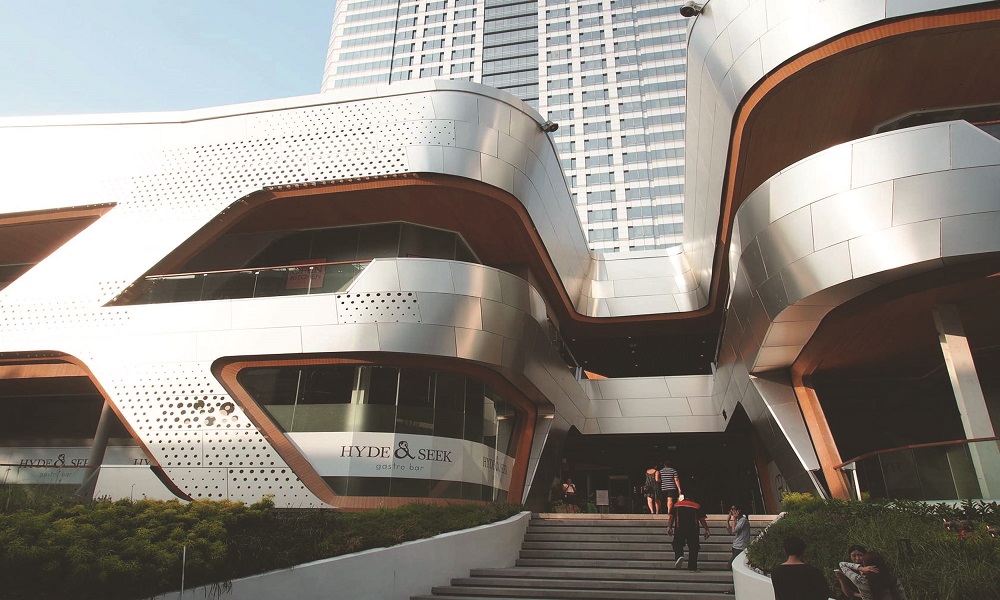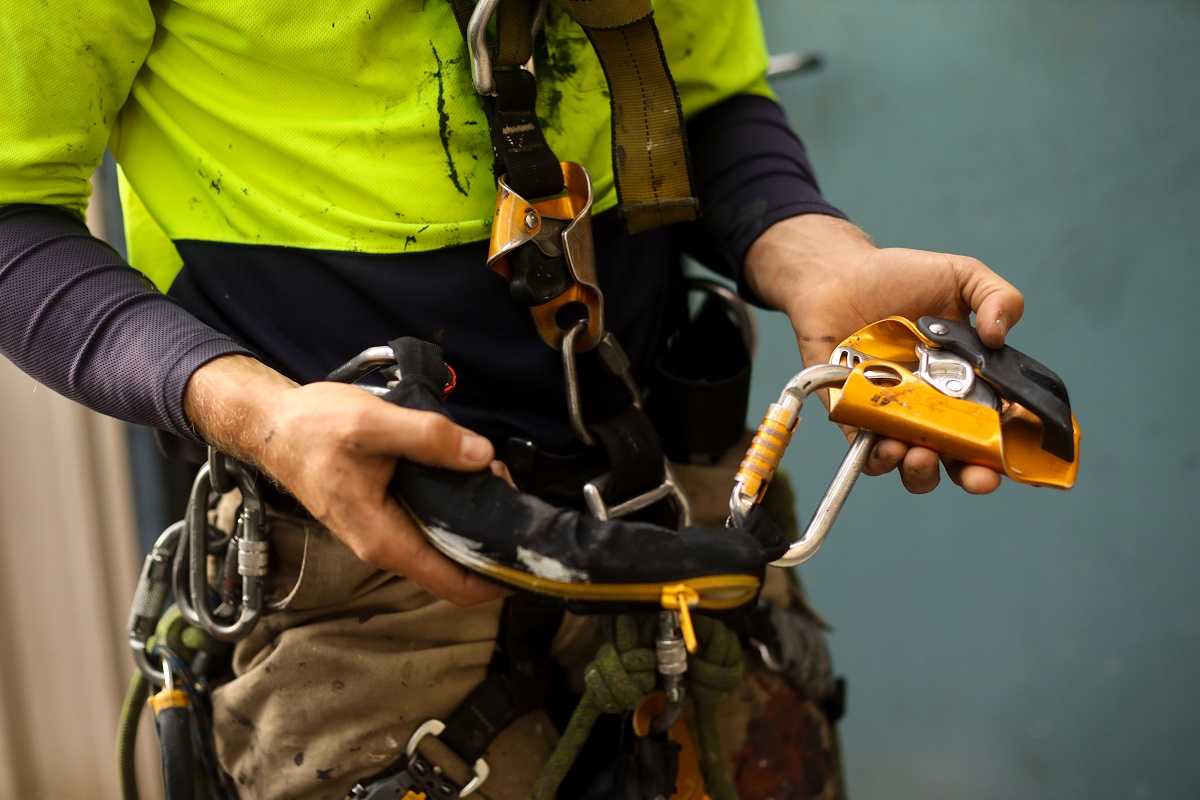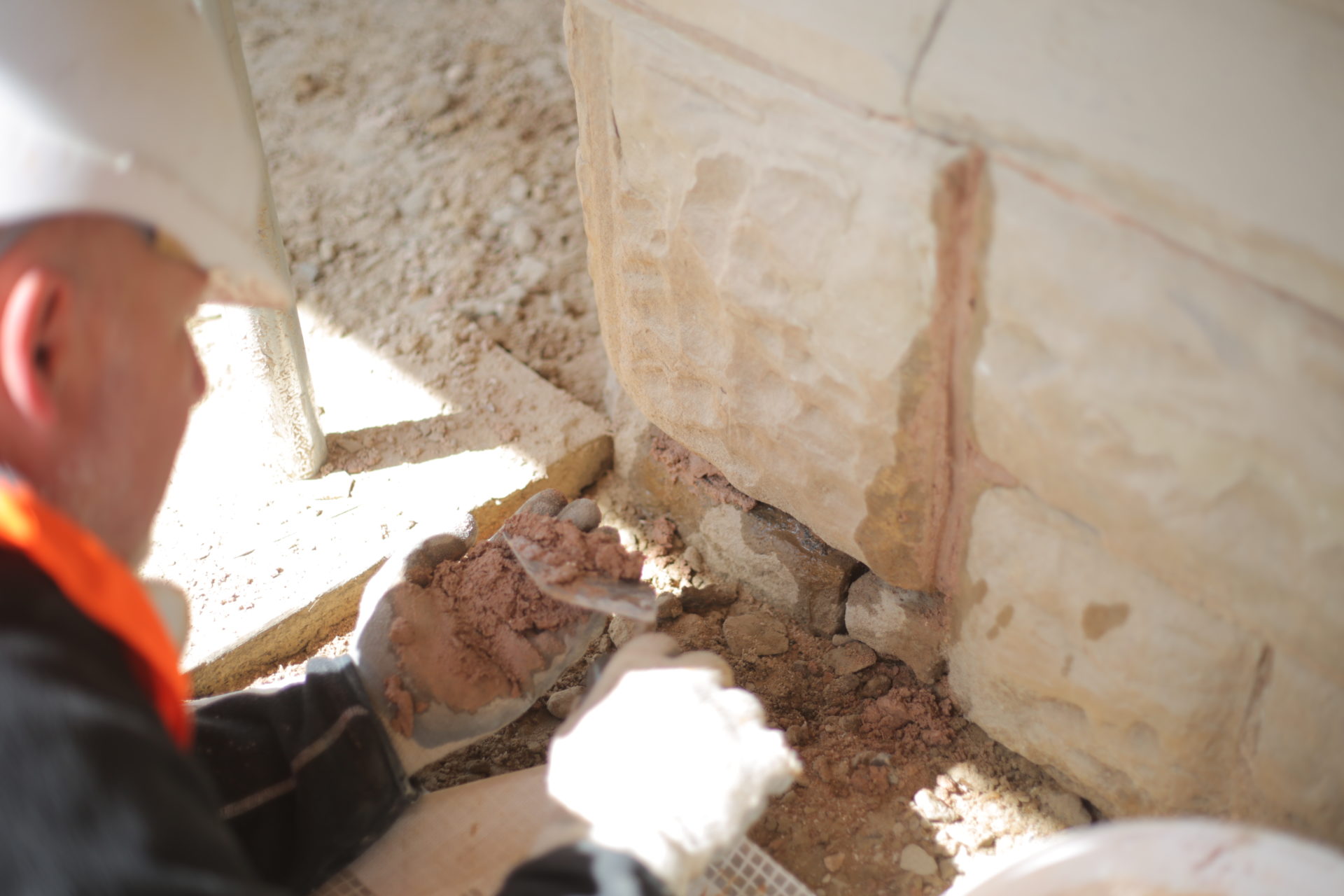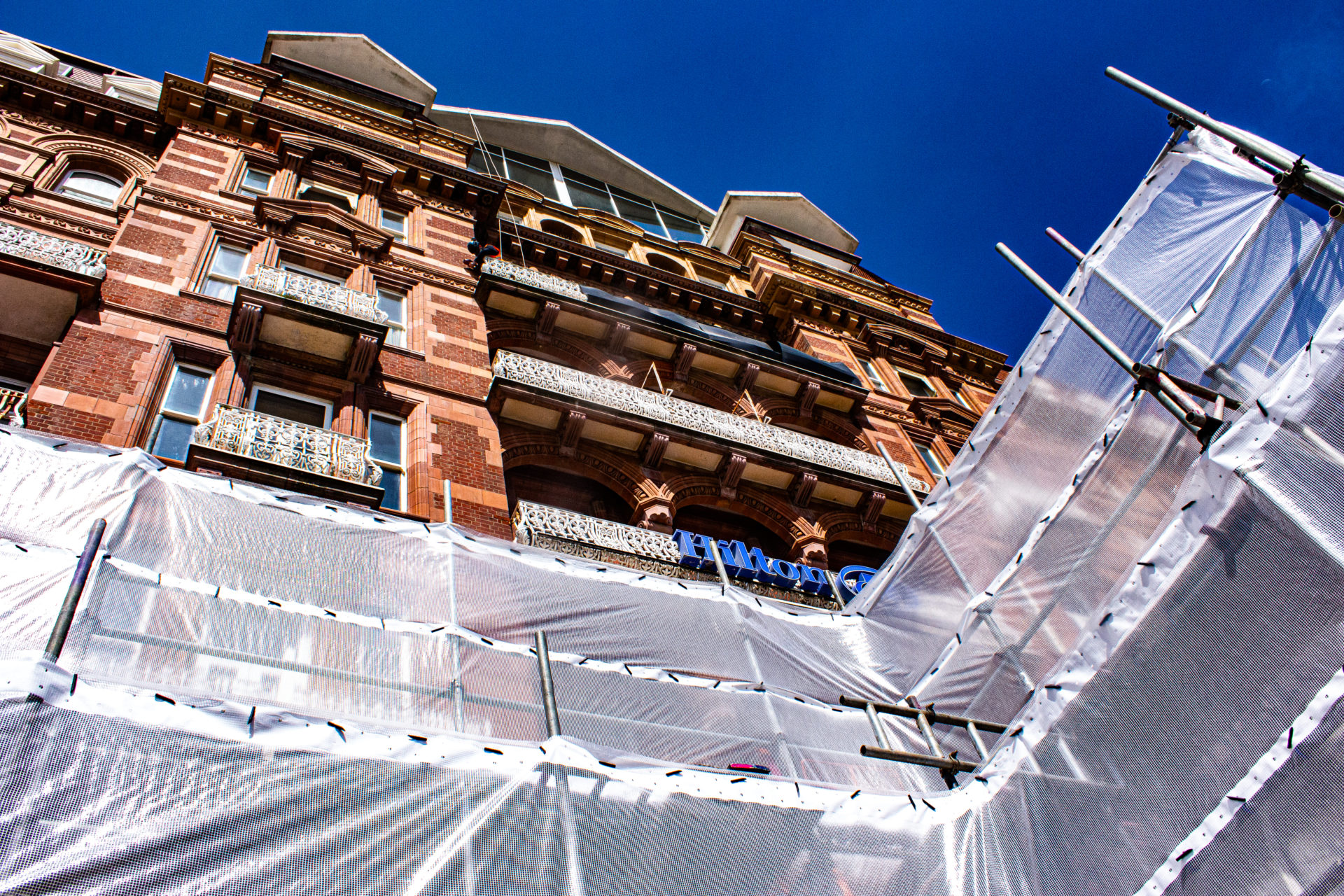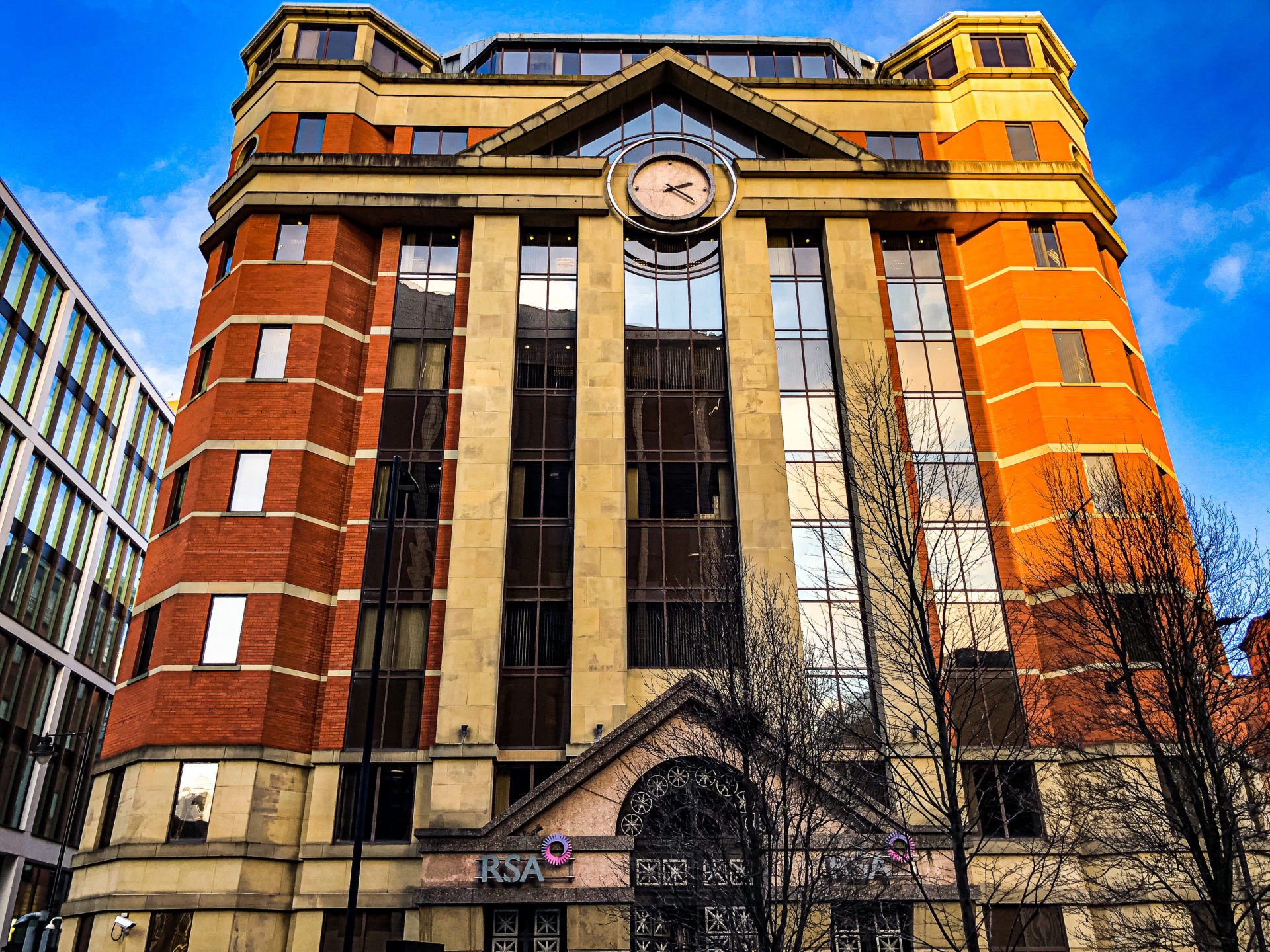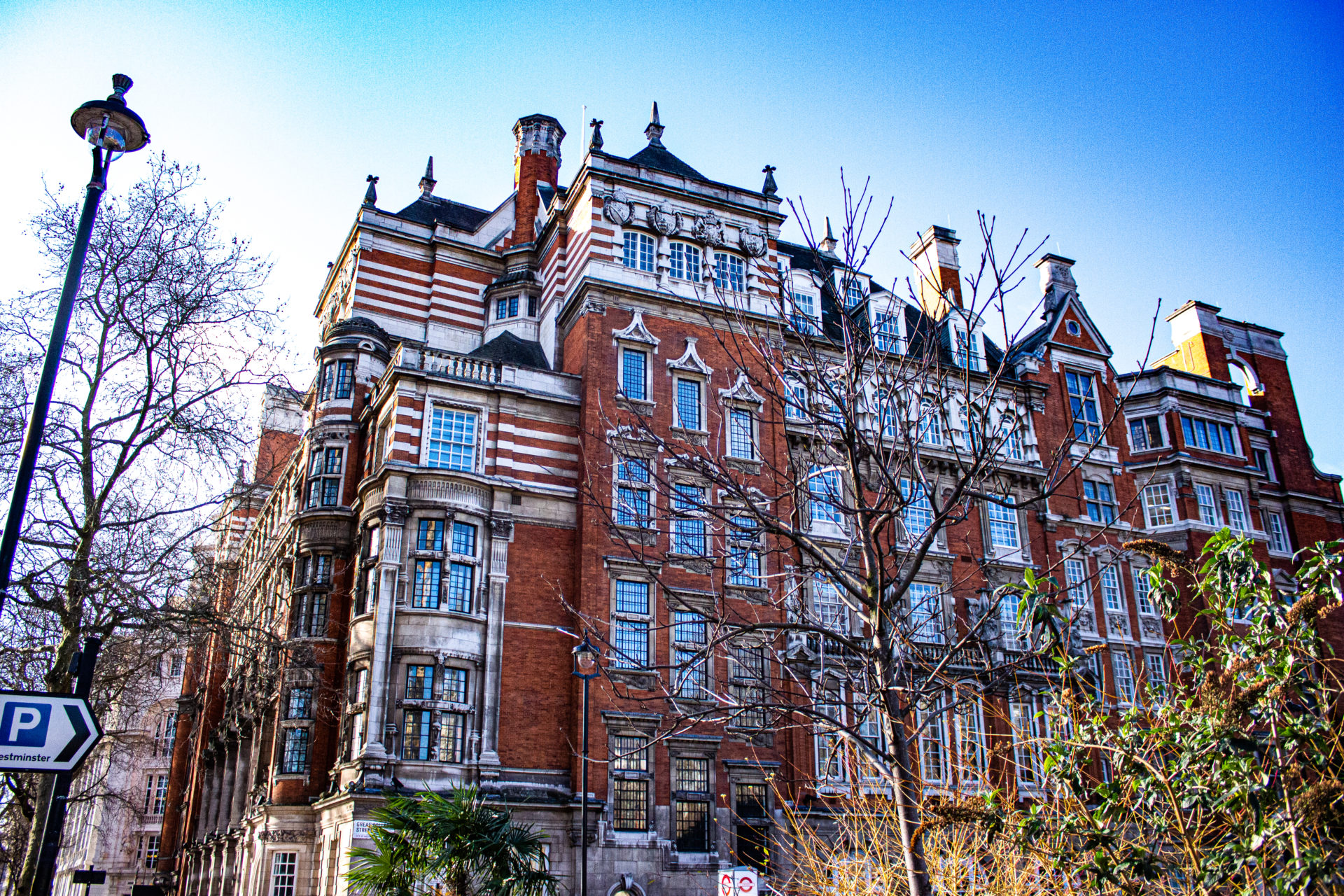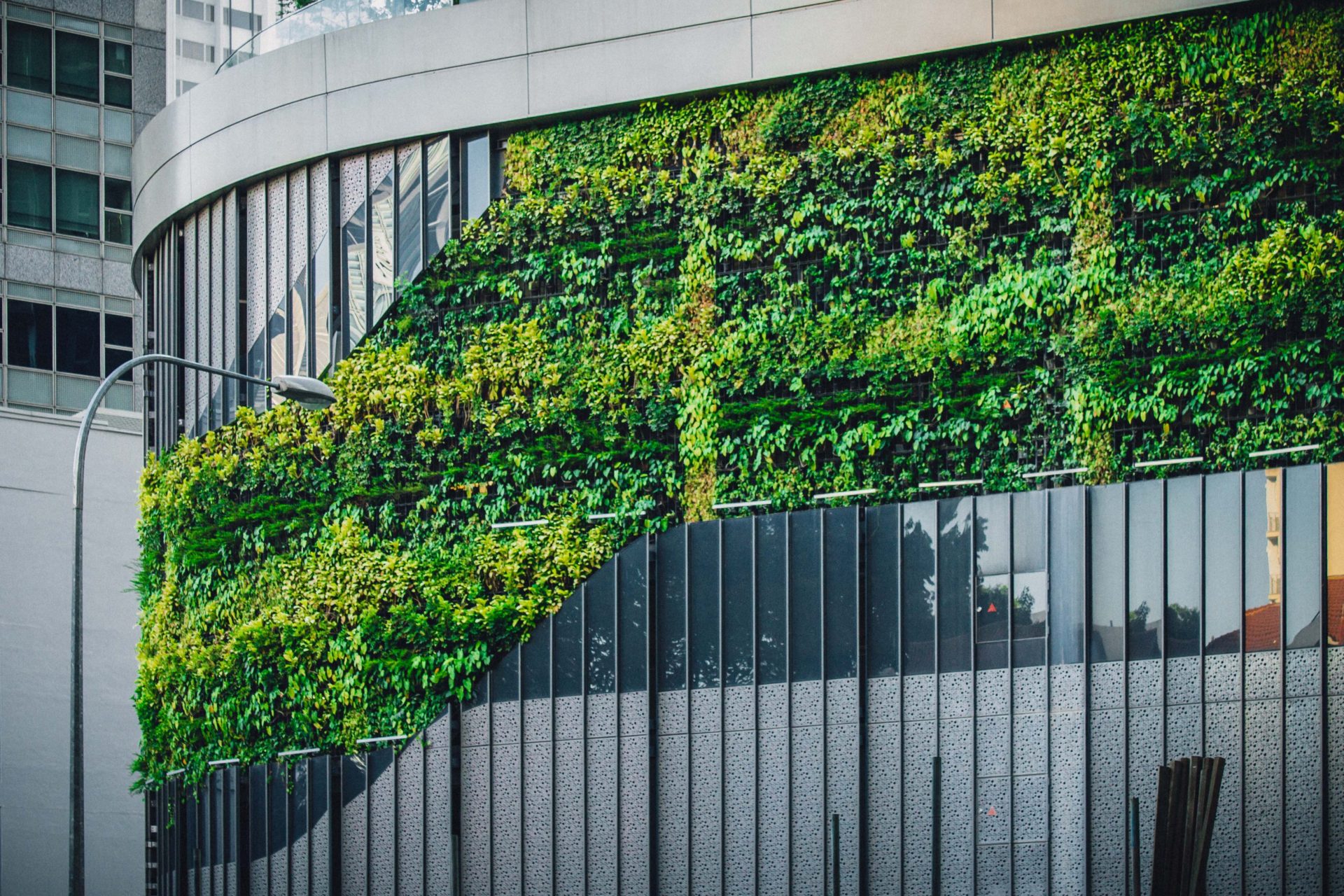The UK is fortunate to have an abundance of historic buildings. These wonderful, beautiful, old structures reflect the time in which they were built. Each historic building is a physical form of history that characterises many UK cities. Preserving these historic buildings is of national importance.
However, many have fallen into disrepair from neglect, a lack of funds, and even the weather. Climate change has led to extreme weather changes, which can cause structural problems and decay to the stonework. There’s also the risk of plant and fungal growth and insect infestation which can affect the integrity of a historic building. Preserving historic buildings ensures the economic, social and cultural benefits they provide are protected for generations to come.
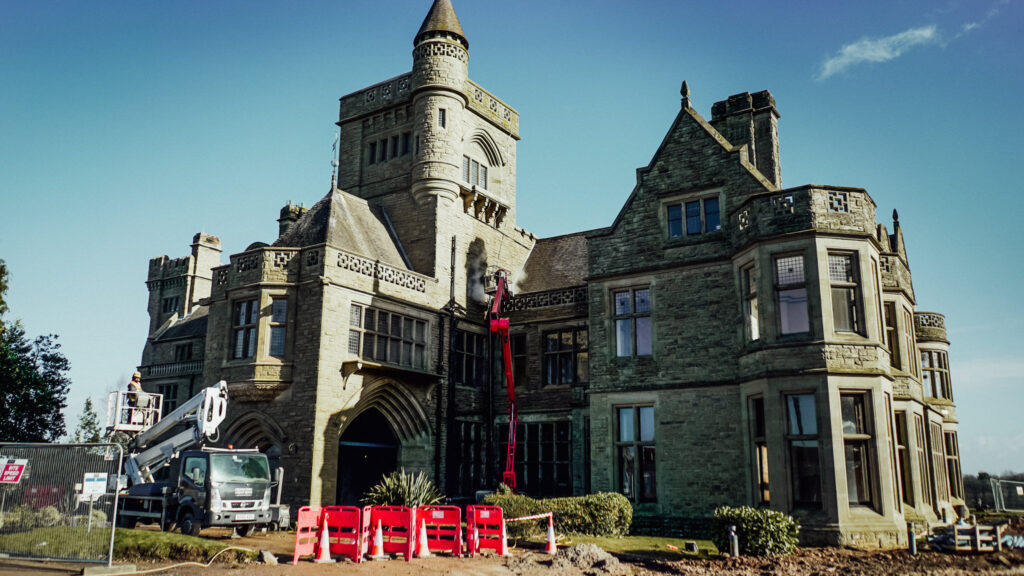
The value of historical buildings
Historic buildings provide a tangible link with the past and a sense of stability. It is an important investment in both the present and the future. The older a building is, the less likely there are to be surviving examples of its kind. Preserving historic buildings helps to keep communities connected with both their past and with one another.
Historic building facades reflect centuries worth of history. However, many of these glorious buildings can begin to look unsightly over time. Sensitive façade restoration and cleaning is the most visible aspect of building conservation. When carried out correctly, it helps to restore and increase the lifespan of an older building.
Importance of historic preservation
Preservation involves far more than just saving and restoring an old building and sites of historical importance. There are considerable cultural, environmental, economic and educational benefits to preserving and restoring historic buildings. Buildings of historic interest attract people from all over the world. It might be because of the buildings historical roots, the materials used, the distinctive architecture or some specific decorated corner that people find fascinating. Historic and listed buildings help to increase tourism, provide job opportunities and revitalise communities.
Connects communities with their past
They also play a key role in keeping communities vibrant, beautiful and liveable and gives people a crucial stake in their surroundings and history. It connects people with their past and with each other. History, after all, is a great educator. Getting to know the history of a community and its important historical buildings fosters a sense of belonging and community pride. The buildings designs and construction tell us about the cultures that built them and the traditions and events from which today’s society grew.
Preservation reduces environmental impact
The destruction of any building will result in a huge amount of waste that will simply end up in landfill or incinerated, polluting land and air. Restoring and preserving buildings almost always has less of an environmental impact than demolishing and replacing them. Furthermore, by safeguarding these important historical structures which are often at the heart of towns and cities, and encouraging investment in them can offset many of the adverse effects of growth.
Historical and listed building restoration is a delicate and time-consuming process. However, it also one that is ultimately extremely rewarding. Preserving buildings of great historical value ensure these heritage buildings and historic architecture will still be here long into the future. If you are looking at getting a listed or historic building restored, we are experts in external stone cleaning, façade restoration, masonry repairs and conservation of listed and heritage buildings. Speak to a member of our team to find out more.


